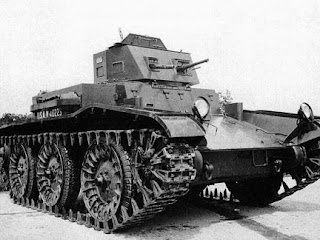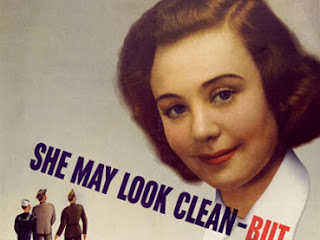Within the United States for a long period of time automobile production was dominated by "The Big Three" - General Motors, Ford, and Chrysler. This dominance led to a nearly crushing control of the United States automobile market, however with the end of World War II an unusual combination of forces came together to create a strange temporary niche for smaller automobile manufacturers to break into the domestic United States market. This fed a short early period in the 1950s where American consumers suddenly saw a collection of unusual and innovative cars appearing in the United States marketplace, until the Big Three were able to reassert their dominance.
From 1942 to 1945 the major labor unions within the United States entered into an informal bargain with the United States government, in exchange for no sanctioned strikes the federal government would support the "closed shop" model throughout the United States. This compromise was seen as necessary to support the war production effort and unions throughout the United States worked to keep strikes to a minimum. Workers however did go out on strike, usually small wildcat strikes that were not approved and not supported by the unions. With the end of World War II in 1945 however President Truman decided that the United States economy needed to get back to normal as quickly as possible. He drastically cut federal military spending and pushed for the United States domestic economy to transition back to civilian production.
Part of this shift to a post-war economy involved ending the high wages paid to workers that had been fueled by United States military spending. This, in turn, provoked a massive wave of strikes that roiled the United States between 1945 to 1947. This led to a period of unprecedented federal action against striking workers, including President Truman seizing entire industries and putting them under federal control to keep the economy functioning, using special emergency powers granted to fight World War II. Hundreds of thousands of workers left their jobs, including mass strikes by organized automobile employees and steelworkers. This, in turn, created shortfalls of domestic automobile production right after World War II, a period in which Americans were hungry for new cars, having just lived through a three year civilian car production drought and having ample funds saved from wartime higher rates of pay.
Where there is a shortage and a high level of demand, new suppliers will appear. During the late 1940s even smaller independent car manufacturers had trouble shifting in new models, but the Big Three faced the same challenges. So when the early 1950s rolled around an assortment of small manufacturers could offer a car hungry public something "different" at the same time the Big Three rolled out their new lines. Sales numbers never came close to the Big Three but for a few magical years in the late 1940s and early 1950s, small car companies began to command noticeable market share.
Even some truly new ideas appeared, like the Tucker Torpedo above, which never really got off the ground but did catch a great number of people's eye.
A particularly odd addition to this early line-up, and a missed opportunity due to timing not being quite right, was the Nash Rambler. This adorable little car was produced between 1950 to 1955 and captured a small segment of the American domestic market. It occupied a new niche in the American market, fuel efficient, compact, economic cars built to high quality. Unfortunately the majority of American car purchasers were looking for larger, more powerful, and more feature-laden automobiles at the time and the Nash Rambler didn't make the impact that was hoped. Even after 1955, with the American Motors Corporation keeping the line alive for several more years, it just missed the mark.
That market segment didn't really explode until the 1960s, you might recognize that iconic car above as the major winner of that change in United States domestic car tastes. Further challenges appeared in the 1970s with the oil price spikes and a shift to interest in Japanese compact cars. It is interesting to note though that the Nash Rambler would have been ready for that market opening, if the timing had just been right.
A niche carved out due, in large part, to the economic turmoil from 1945 to 1947 combined with a public crazy for new cars and willing to give the unusual a spin.
Sources: Wikipedia articles on the Volkswagen Beetle, the Tucker 48 Torpedo, the Nash Rambler, the Strike Waves of 1945-1946, the Presidency of Harry S Truman, and Automotive History of the United States post-World War II, this article on World War II and post-World War II labor unrest, and American 'Independent' Automakers, AMC to Willys 1945 to 1960 part of the "Those Were The Days" series by Veloce Books.



























